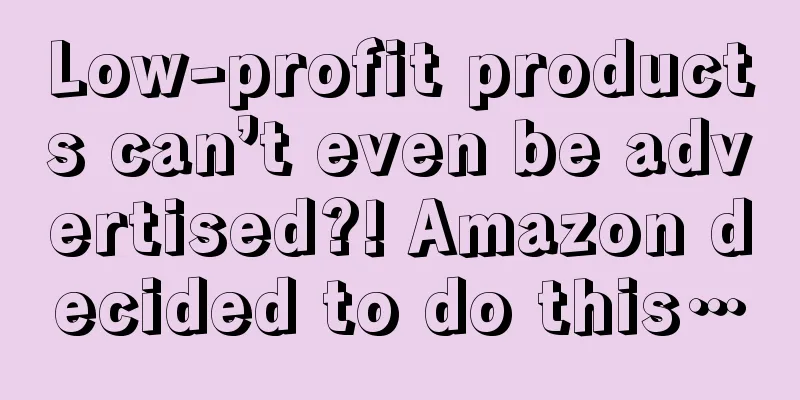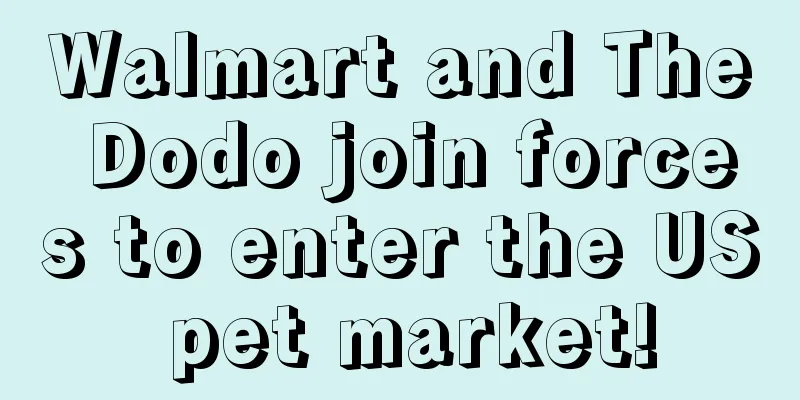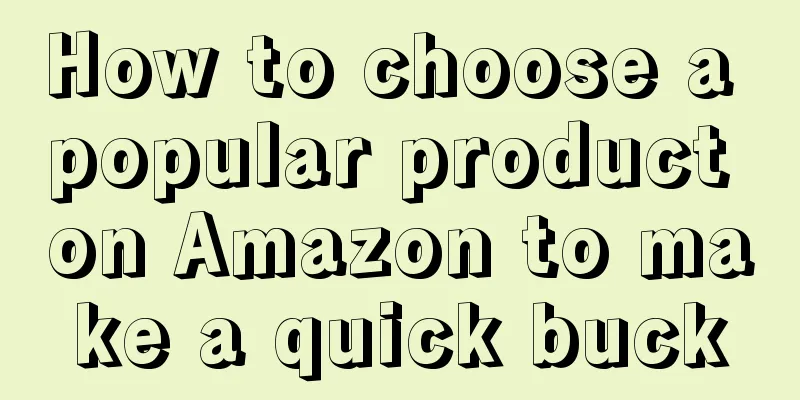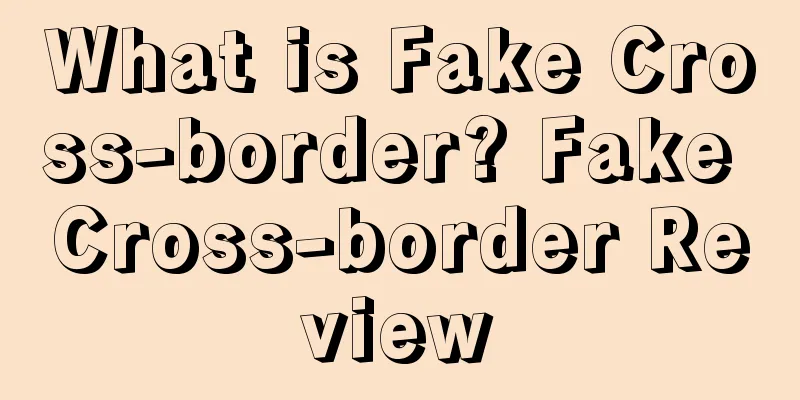Amazon shopping cart rules further changed! Amazon was forced to give up traffic
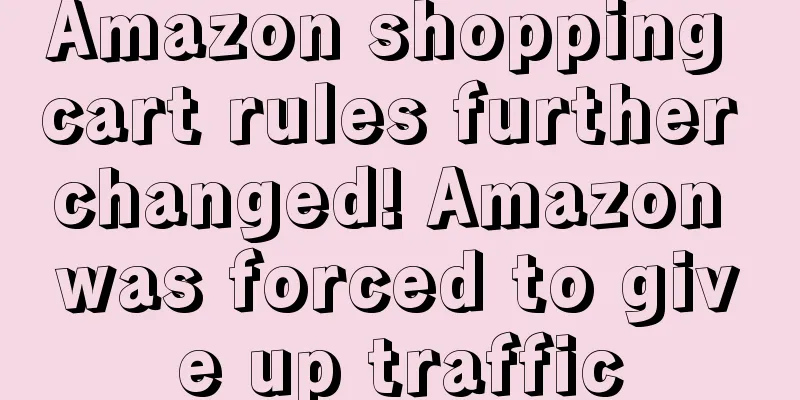
|
A few days ago, Amazon received a piece of news in Europe that was extremely unfavorable to the platform. The European Court of Justice has rejected Amazon’s appeal regarding the suspected monopoly of the buybox rules. Amazon can only make comprehensive changes to the buybox rules next! And this ruling is final, which means Amazon cannot appeal again! Now all the officials can do is to share the buybox traffic. This goes back to the end of last year, when the EU and Amazon had a back-and-forth battle over the suspected monopoly of Buybox. The main reason was that the EU, after investigation, believed that Amazon's current shopping cart logic favored a single seller or even self-operated products, and that the logic should be changed to give more sellers the opportunity to display and place orders. Amazon naturally refused. However, in the end, Amazon reached a settlement with the EU at the end of last year, and the specific settlement agreement was also quite explosive. “ Buybox Phase 1 Settlement Content At the end of last year, when the settlement was reached, some media reported that the settlement agreement between Amazon and the EU agency mainly included two parts. One part was to prohibit Amazon from using third-party data to develop its own products. This is actually a commonplace, and the US antitrust is also investigating this. The focus is on the second point. Amazon agreed to change the Buybox rules to give more sellers exposure and orders . At the same time, it is also developing the "second shopping cart" function to replace the Buybox traffic distribution principle. I mentioned this at the time. The battle for shopping carts among third-party sellers has evolved into many different ways of playing. Amazon's "second shopping cart" policy directly disrupts the existing shopping cart judgment logic . Will the most common operation of selling at a low price to grab the shopping cart be directly caught in the second shopping cart? Will the two shopping carts affect each other's sales? The second shopping cart has not yet been implemented on a large scale. After the settlement, Amazon first changed the traffic distribution of the Buybox to fulfill part of the settlement content, but there was a problem with this part of the content. “ Amazon’s “secret obedience and secret disobedience”? After last year's settlement, Amazon made some changes to the shopping cart push rules and the display rules of sellers' products on the search page as promised. Consumers can now see multiple quotes displayed equally in the shopping cart column on the front desk, and can check the quote they like and then add it to the shopping cart. This update is only effective for the European site. Although Amazon has not stated it explicitly, this display logic is actually equivalent to the function of a "second shopping cart." However, there is another idea in the EU. Earlier this year, relevant EU agencies and the Italian antitrust organization once again launched an investigation into Amazon's shopping cart algorithm. According to internal sources, they should have some evidence in their hands and believed that Amazon's new algorithm still did not meet the requirements of the settlement agreement . In other words, Amazon updated the algorithm on the surface to give sellers a chance, but it was another matter behind the scenes. This also caused strong resistance from Amazon. The official believed that it had updated the algorithm in accordance with the settlement agreement, and the antitrust agency should also follow the agreement and not make irresponsible remarks. It wanted the court to stop the antitrust agency's investigation. This was the ins and outs of this judgment. After more than a month of tug-of-war, the court rejected Amazon's appeal and no longer accepted subsequent appeals on the same issue, completely blocking Amazon's channel for defense against the antitrust investigation. Antitrust decisions cannot be appealed, they can only be enforced. This is definitely bad news for Amazon, but it may not be the case for us sellers. “ Impact on Amazon European sellers In the short term, the second shopping cart and the latest changes to the shopping cart logic will definitely make sellers somewhat uncomfortable with the new rules, and it will take some time to develop new ways of playing. However, in the long run, antitrust sanctions will definitely be a big benefit to sellers. On the one hand, antitrust has indeed suppressed self-operated products. Amazon has been adjusting the display and exposure of self-operated products since last year, trying to be low-key. Including self-operated brands such as Amazon basic, directly cut the FFOB (Featured from our brands) display position. This position often appears at the top of the search page, which is ahead of many sponsored advertising positions. On the other hand, if Amazon can properly implement the settlement and allocate more traffic to third-party sellers, it will also be a major benefit. Other policies that the European site has enjoyed first, such as not being able to close stores at will and requiring 30 days' notice in advance, are also benefits brought by antitrust. |
<<: New logistics situation? How can Amazon sellers prevent warehouse delays?
>>: Amazon's new team is established! Another driving force for customs inspection
Recommend
Walmart launches gas discounts for Walmart+ members to attract more members
It is learned that on April 27, Walmart announced ...
What is La Redoute? La Redoute Review
La Redoute is France's leading fashion + and h...
Costco's third-quarter revenue fell short of expectations, with e-commerce sales down 10% year-over-year
It is learned that on May 25, Costco reported lowe...
How to promote new products by integrating with external sites?
Quickly promote the 43rd article outside the site ...
Amazon advertising bug makes you lose money! If you don’t take the initiative, it’s your brother-in-law’s money.
Before the Chinese New Year, we reported an incid...
What is MaLiCai? MaLiCai Review
Suzhou Likelic E-commerce Co., Ltd. (hereinafter r...
What is RTB HOUSE? RTB HOUSE Review
RTB HOUSE is a technology provider focusing on rem...
What is Tictail? Tictail Review
Tictail is an online e-commerce store platform fou...
Ocean freight costs are starting to drop! Cross-border sellers, don’t be too happy yet...
Shenzhen was finally unsealed a few days ago, and...
What is Tuotuo Digital? Tuotuo Digital Review
Tuotuo Digital is a user-oriented, technology-firs...
The leader requires that the advertising budget for new products is only 6 to 10 US dollars per day. After half a month of advertising, there are no transactions. How should we adjust next?
Anonymous user My C position The new products that...
What is iLoveToReview? iLoveToReview Review
iLoveToReview is an Amazon review service that sen...
What is Malaysia SIRIM certification? Malaysia SIRIM certification review
SIRIM is the main certification, inspection and te...
What is Zhonggangxing Overseas Enterprise Service Center? Zhonggangxing Overseas Enterprise Service Center Review
Shenzhen Zhonggangxing Overseas Enterprise Service...
What should I do if Amazon gets a one-star bad review during the new product launch period?
If the most annoying thing for Amazon employees i...

